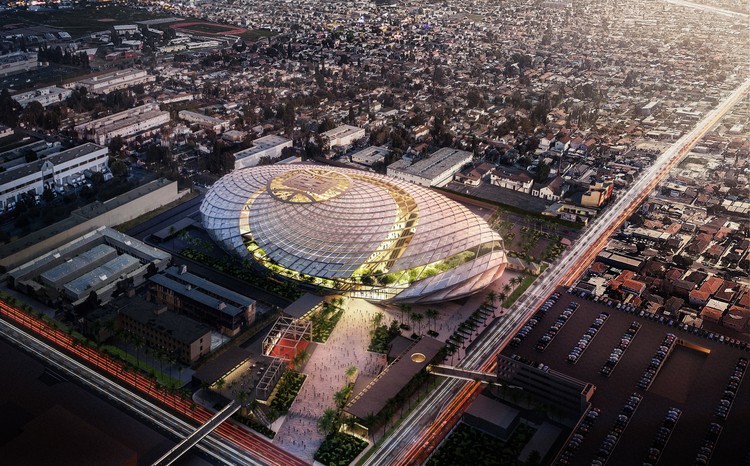
Thickness: the primary screen for evaluating sustainable infrastructure investments.
Thickness has its origins in the work of Dr. Robert Vos, a scholar at the University of Southern California. It was formally introduced in a 2007 scholarly publication. It has several unique features upon which criteria have been developed to screen the environmental performance of infrastructure investments. Specifically, four criteria are applied to assess thickness for sustainable infrastructure finance.


Preservation Scoring Process
Our Preservation scoring process focuses on the environment – how transactions between humans and nature occur and how they are managed. We either take from nature or we give to nature. In our vocabulary, we consider four forms of natural capital from the book Natural Capitalism: Creating the Next Industrial Revolution (1999) by Hawkins, Lovins and Lovins. The authors refer to the environment as “natural capital” and classify the environment into four categories which are finite in supply and should be consumed thoughtfully in the pursuit of economic growth:


Resiliency Scoring Process
Our Resiliency scoring process focuses on adaptation – how communities and companies harden their systems, processes, and infrastructure to adapt to and protect against the adverse consequences of extreme weather. Our thinking is influenced by the City Resiliency Index, which was developed by ARUP, with the support of The Rockefeller Foundation. This index is based on the four qualities of resiliency:
The degree to which infrastructure systems share information to function collectively and respond rapidly through short feedback loops.
The ability to of an infrastructure system to withstand the increasing severity of hazard events without significant damage.
The ability of an infrastructure system to continuously evolve and improve to prepare for increasing uncertainty.
The design of the infrastructure system with alternative functions that meet the needs of a community during shock or stress, and its ability to rapidly respond to change.

Case Studies
Gain better understanding of our investment philosophies with real world examples.

Further Resources
Explore case studies, research papers, short educational videos, and other valuable resources for quick overviews and in-depth learning about thickness.
Go deeper on our Youtube channel
Our channel offers in-depth discussions about critical issues on Thick Sustainable Infrastructure Finance. Join our experts as they break down complex topics, provide actionable insights, and keep you informed about the latest trends in sustainable finance.


The Bridge to a Sustainable Future
Have a Question?
Ask away, and we’ll get back to you shortly.







